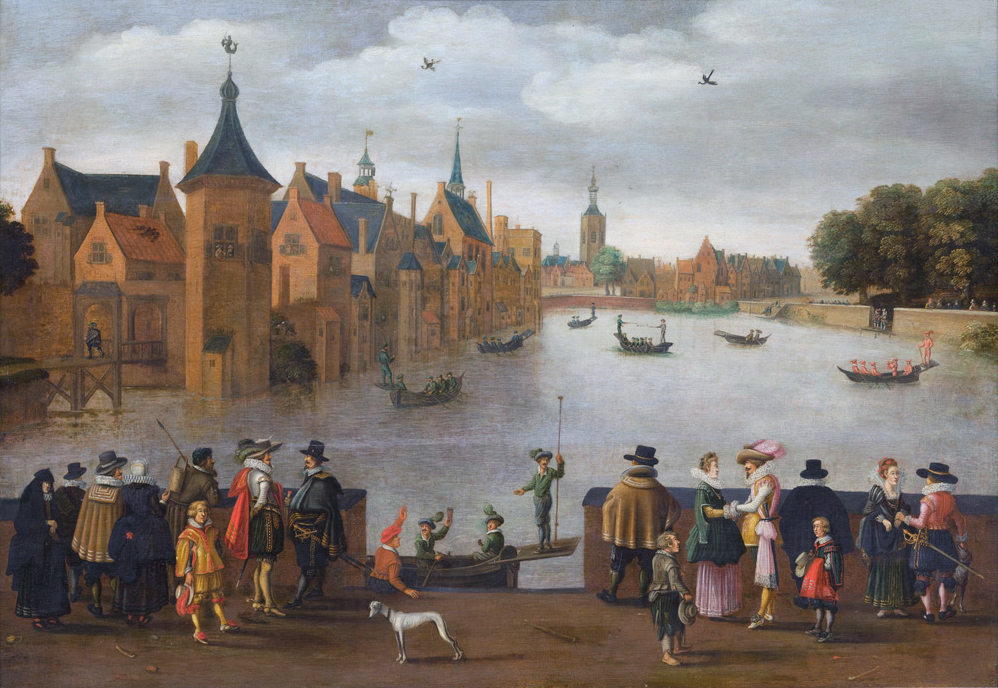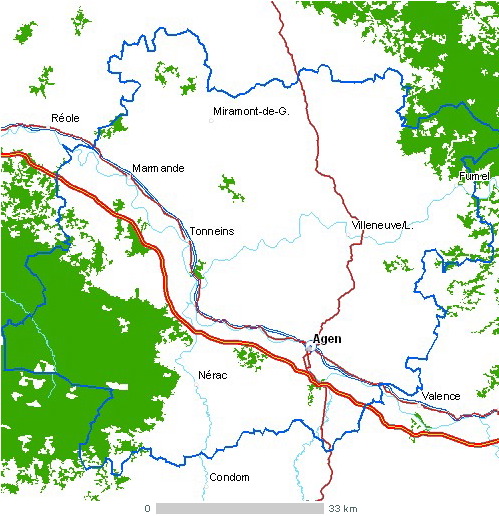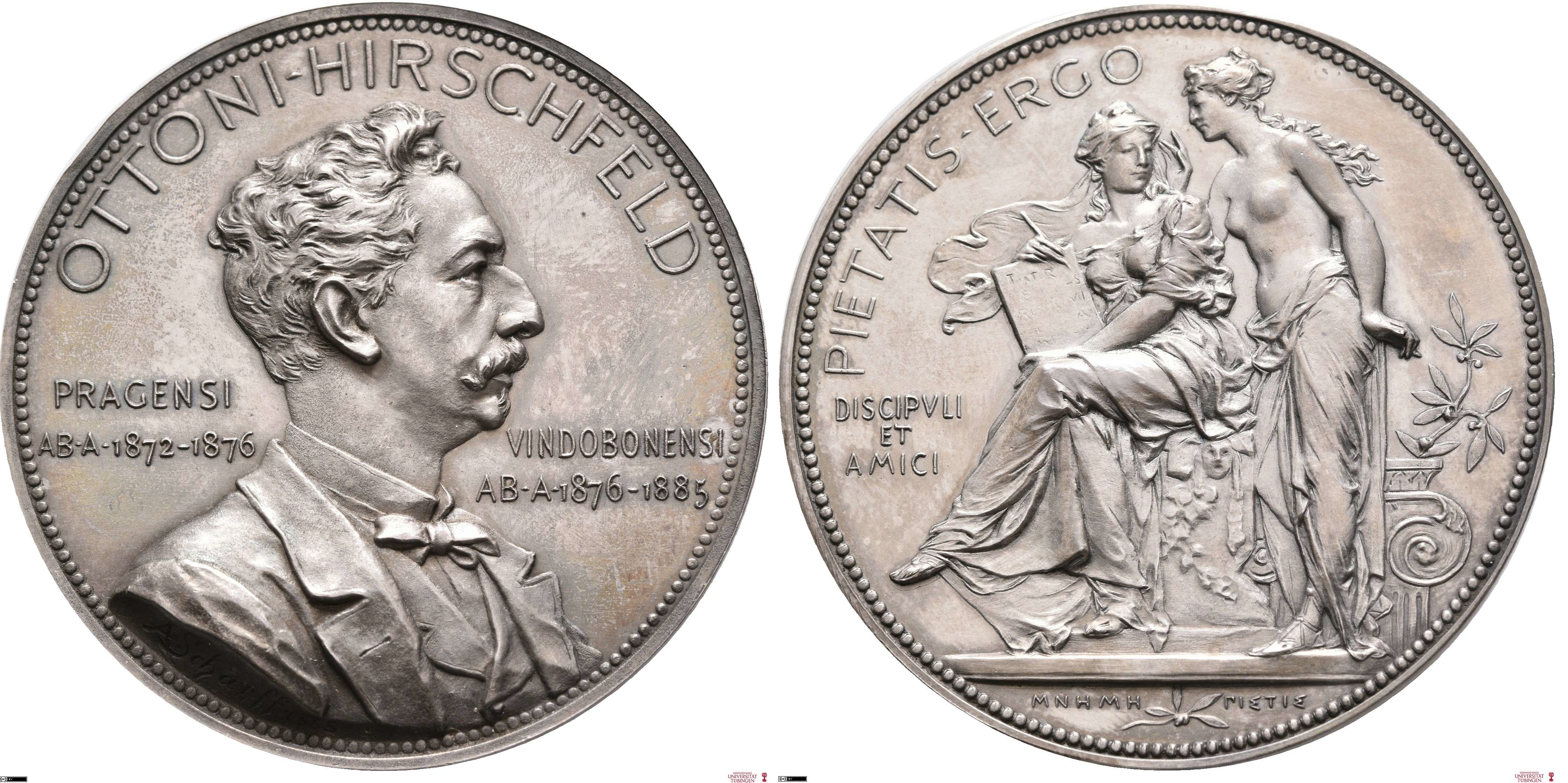|
Alexandre Du Mège
Louis Charles André Alexandre Du Mège or Dumège, (The Hague (Netherlands) 5 December 1780 – Toulouse 6 June 1862), was a French scholar, archaeologist and historian. Life and work Du Mège was born in The Hague on 5 December 1780. His father was an actor who moved to Toulouse in 1786 and from whom he inherited a collection of antiquities and a taste for numismatics and archaeology. His studies were rather limited, but he loved science, so he compensated by self study in the libraries he could frequent. He studied literature and history and after some years had enough knowledge of Latin, Greek and Hebrew for his future career as an archaeologist. As a young man he traveled the Pyrenées searching for sculptures, altars, and other antiquities of Volques Tectosages. In 1814, the mayor of Toulouse entrusted him with the defense of the city based on instructions from Marshal Jean-de-Dieu Soult, but the army's corps of engineers did not approve his plan, a rejection for which he ... [...More Info...] [...Related Items...] OR: [Wikipedia] [Google] [Baidu] |
The Hague
The Hague ( ; nl, Den Haag or ) is a list of cities in the Netherlands by province, city and municipalities of the Netherlands, municipality of the Netherlands, situated on the west coast facing the North Sea. The Hague is the country's administrative centre and its seat of government, and while the official capital of the Netherlands is Amsterdam, The Hague has been described as the country's de facto capital. The Hague is also the capital of the provinces of the Netherlands, province of South Holland, and the city hosts both the International Court of Justice and the International Criminal Court. With a population of over half a million, it is the third-largest city in the Netherlands, after Amsterdam and Rotterdam. The Hague is the core municipality of the COROP, Greater The Hague urban area, which comprises the city itself and its suburban municipalities, containing over 800,000 people, making it the third-largest urban area in the Netherlands, again after the urban are ... [...More Info...] [...Related Items...] OR: [Wikipedia] [Google] [Baidu] |
Alexandre Lenoir
Marie Alexandre Lenoir (27 December 1761 – 11 June 1839) was a French archaeologist. Self-taught, he devoted himself to saving France's historic monuments, sculptures and tombs from the ravages of the French Revolution, notably those of Saint-Denis and Sainte-Geneviève. Life The ravages of the Revolution caused the birth of the Musée des monuments français. Thanks to support from Jean Sylvain Bailly, Alexandre Lenoir successfully demanded that all art objects from state properties be gathered together in this museum. These objects were confiscated at different religious houses and stored in a single place to avoid their dispersal and destruction. Mandated by the National Constituent Assembly in 1791, he brought together the various objects he sought to conserve in the Couvent des Petits Augustins, a building which later was converted to become the École nationale supérieure des Beaux-Arts. On 1 August 1793, the National Convention decreed that the tombs of "former kin ... [...More Info...] [...Related Items...] OR: [Wikipedia] [Google] [Baidu] |
Archaeologists From Toulouse
Archaeology or archeology is the study of human activity through the recovery and analysis of material culture. The archaeological record consists of artifacts, architecture, biofacts or ecofacts, sites, and cultural landscapes. Archaeology can be considered both a social science and a branch of the humanities. It is usually considered an independent academic discipline, but may also be classified as part of anthropology (in North America – the four-field approach), history or geography. The discipline involves surveying, excavation, and eventually analysis of data collected, to learn more about the past. In broad scope, archaeology relies on cross-disciplinary research. Archaeologists study human prehistory and history, from the development of the first stone tools at Lomekwi in East Africa 3.3 million years ago up until recent decades. Archaeology is distinct from palaeontology, which is the study of fossil remains. Archaeology is particularly important for learning ... [...More Info...] [...Related Items...] OR: [Wikipedia] [Google] [Baidu] |
Musée Saint-Raymond
(in English, ''Saint-Raymond museum'') is the archeological museum of Toulouse, opened in 1892. The site originally was a necropolis, and in later constructions was a hospital for the poor and pilgrims, prison, student residence, stables, barracks and presbytery, eventually becoming a museum in 1891. It is housed in the former Saint-Raymond university college dating from the sixteenth century that borders Basilica of Saint-Sernin. The building has been renovated and reconstructed several times. It preserves and exhibits archaeological collections from protohistory to the early Middle Ages, mainly from the Celtic, Roman and early Christian periods, much from the Toulouse region. History of the building Originally a Christian necropolis dating from the 4th century was located here and stretched on either side of the Roman road close to the Basilica of Saint-Sernin. Between 1075-1080, on the site of the present building was a hospital for the poor and for pilgrims travelling the ... [...More Info...] [...Related Items...] OR: [Wikipedia] [Google] [Baidu] |
Quadriga
A () is a car or chariot drawn by four horses abreast and favoured for chariot racing in Classical Antiquity and the Roman Empire until the Late Middle Ages. The word derives from the Latin contraction of , from ': four, and ': yoke. The four-horse abreast arrangement in quadriga is distinct from the more common four-in-hand array of two horses in the front and two horses in the back. Quadriga was raced in the Ancient Olympic Games and other contests. It is represented in profile as the chariot of gods and heroes on Greek vases and in bas-relief. During the festival of the Halieia, the ancient Rhodians would sacrifice a quadriga by throwing it into the sea. The quadriga was adopted in ancient Roman chariot racing. Quadrigas were emblems of triumph; Victory or Fame often are depicted as the triumphant woman driving it. In classical mythology, the quadriga is the chariot of the gods; the god of the sun Helios (often identified with Apollo, the god of light) was depicte ... [...More Info...] [...Related Items...] OR: [Wikipedia] [Google] [Baidu] |
Lot-et-Garonne
Lot-et-Garonne (, oc, Òlt e Garona) is a department in the Nouvelle-Aquitaine region of Southwestern France. Named after the rivers Lot and Garonne, it had a population of 331,271 in 2019.Populations légales 2019: 47 Lot-et-Garonne INSEE Its prefecture and largest city is Agen. History Lot-et-Garonne is one of the original 83 departments created on 4 March 1790, as a result of the . It was created from part of the province of[...More Info...] [...Related Items...] OR: [Wikipedia] [Google] [Baidu] |
Nérac
Nérac (; oc, Nerac, ) is a commune in the Lot-et-Garonne department, Southwestern France. The composer and organist Louis Raffy was born in Nérac, as was the former Arsenal and Bordeaux footballer Marouane Chamakh, as was Admiral Francois Darlan. Nérac was visited by author Joanne Harris as a child, and was influential in the setting of her best-known novel, '' Chocolat''. Population See also *Communes of the Lot-et-Garonne department The following is a list of the 319 communes of the French department of Lot-et-Garonne. The communes cooperate in the following intercommunalities (as of 2022):Town council website [...More Info...] [...Related Items...] OR: [Wikipedia] [Google] [Baidu] |
Tetricus I
Gaius Pius Esuvius Tetricus was the emperor of the Gallic Empire from 271 to 274 AD. He was originally the (governor) of Gallia Aquitania and became emperor after the murder of Emperor Victorinus in 271, with the support of Victorinus's mother, Victoria. During his reign, he faced external pressure from Germanic raiders, who pillaged the eastern and northern parts of his empire, and the Roman Empire, from which the Gallic Empire had seceded. He also faced increasing internal pressure, which led him to declare his son, Tetricus II, in 273 and possibly co-emperor in 274, although this is debated. The Roman emperor Aurelian invaded in 273 or 274, leading to the Battle of Châlons, at which Tetricus surrendered. Whether this capitulation was the result of a secret agreement between Tetricus and Aurelian or necessary after his defeat is debated. Aurelian spared Tetricus, and even made him a senator and (governor) of Lucania et Bruttium. Tetricus died of natural causes a few year ... [...More Info...] [...Related Items...] OR: [Wikipedia] [Google] [Baidu] |
Tetricus Bas-relief Chrétin-Du Mège (Nérac) MSR , was his co-ruler
{{Hndis ...
Tetricus may refer to: * Tetricus I, emperor of the Gallic Empire (Imperium Galliarum) was the last of the Gallic Emperors as Tetricus I from 270/271 to 273. * his son, Tetricus II Gaius Pius Esuvius Tetricus (also known as Tetricus II) was the son of Tetricus I, Emperor of the Gallic Empire (270/271-273/274). In 273, he was raised to the rank of ''Caesar'', with the title of ''princeps iuventutis'', and in January 274 he ... [...More Info...] [...Related Items...] OR: [Wikipedia] [Google] [Baidu] |
Corpus Inscriptionum Latinarum
The ''Corpus Inscriptionum Latinarum'' (''CIL'') is a comprehensive collection of ancient Latin inscriptions. It forms an authoritative source for documenting the surviving epigraphy of classical antiquity. Public and personal inscriptions throw light on all aspects of Roman life and history. The ''Corpus'' continues to be updated in new editions and supplements. CIL also refers to the organization within the Berlin-Brandenburg Academy of Sciences and Humanities responsible for collecting data on and publishing the Latin inscriptions. It was founded in 1853 by Theodor Mommsen and is the first and major organization aiming at a comprehensive survey. Aim The ''CIL'' collects all Latin inscriptions from the whole territory of the Roman Empire, ordering them geographically and systematically. The earlier volumes collected and published authoritative versions of all inscriptions known at the time—most of these had been previously published in a wide range of publications. The ... [...More Info...] [...Related Items...] OR: [Wikipedia] [Google] [Baidu] |
Otto Hirschfeld
Otto Hirschfeld (March 16, 1843 – March 27, 1922) was a German epigraphist and professor of ancient history who was a native of Königsberg. In 1863 received a doctorate from the University of Königsberg, and in 1869 became a professor at the University of Göttingen. In 1872 he became a professor of classical studies at the University of Prague, and in 1876 a professor of epigraphy and ancient history at the University of Vienna. In 1885 he succeeded Theodor Mommsen (1817-1903) as professor of ancient history at the University of Berlin, where he remained until his retirement in 1917. At Vienna he organized the Archaeologic-Epigraphic Seminary with archaeologist Alexander Conze (1831-1914). Hirschfeld edited several volumes of the ''Corpus Inscriptionum Latinarum'', in which he largely dealt with inscriptions of Gaul and Germania. Other writings include: ''Untersuchungen auf dem Gebiete der römischen Verwaltungsgeschichte'' (1876), ''Inscriptiones Galliae Narbonensis La ... [...More Info...] [...Related Items...] OR: [Wikipedia] [Google] [Baidu] |
Basilica Of Saint-Sernin, Toulouse
The Basilica of Saint-Sernin ( Occitan: ''Basilica de Sant Sarnin'') is a church in Toulouse, France, the former abbey church of the Abbey of Saint-Sernin or St Saturnin. Apart from the church, none of the abbey buildings remain. The current church is located on the site of a previous basilica of the 4th century which contained the body of Saint Saturnin or Sernin, the first bishop of Toulouse in c. 250. Constructed in the Romanesque style between about 1080 and 1120, with construction continuing thereafter, Saint-Sernin is the largest remaining Romanesque building in Europe. The church is particularly noted for the quality and quantity of its Romanesque sculpture. In 1998 the basilica was added to the UNESCO World Heritage Sites under the description: World Heritage Sites of the Routes of Santiago de Compostela in France. History The abbey of Saint-Sernin was an ancient foundation. St. Sylvius, bishop of Toulouse, began construction of the basilica towards the end of the ... [...More Info...] [...Related Items...] OR: [Wikipedia] [Google] [Baidu] |
_MSR.jpg)

.jpg)




